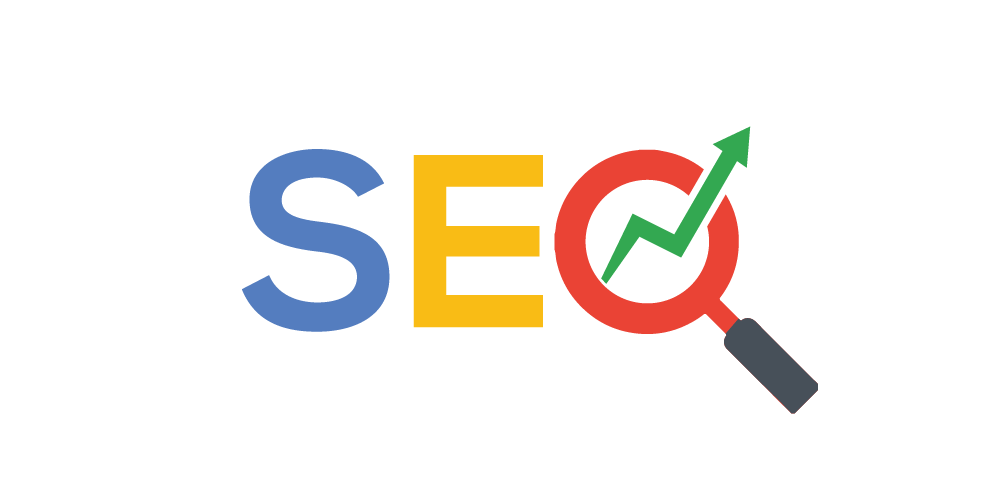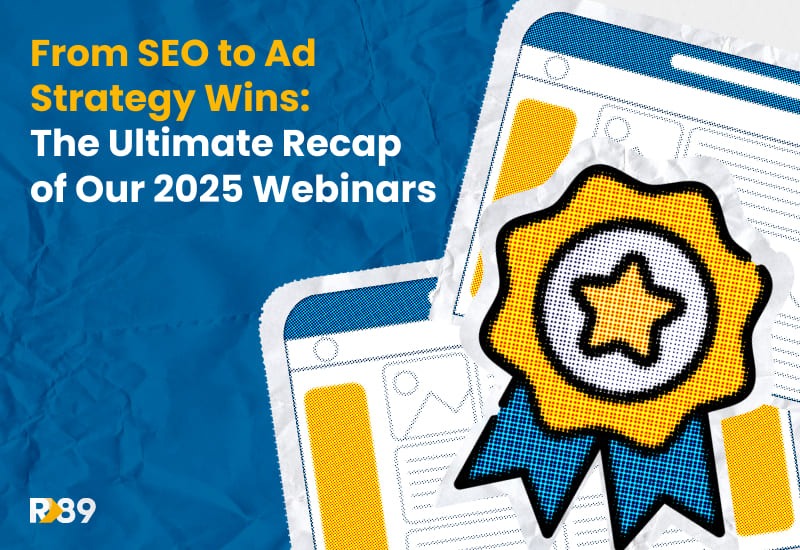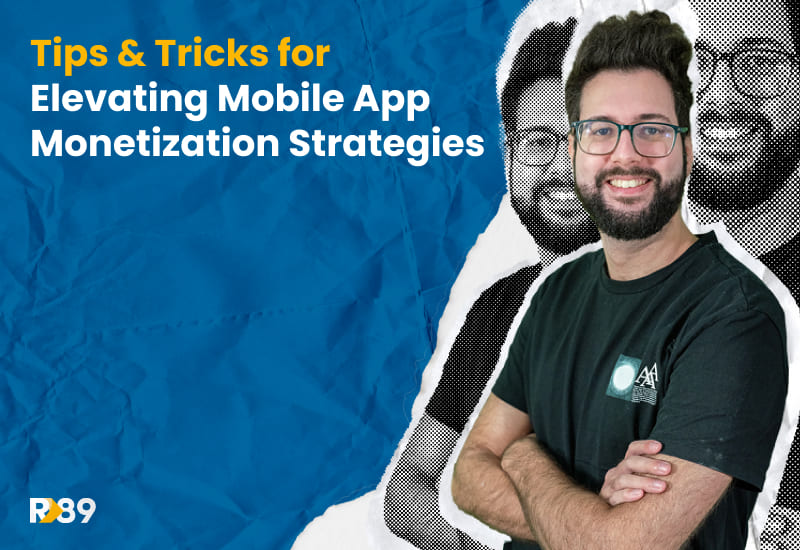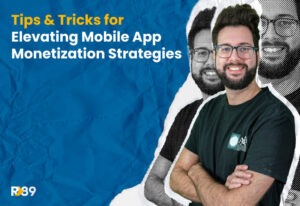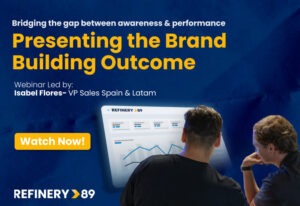How to start your website SEO?
SEO is so on the wire these days that one can come across SEO tactics on almost every page dedicated to programmatic advertising and digital marketing. Heated competition for the top ten search results among SEO gurus promoting their tactics, lively discussions about lists of recommended actions, which one is the best, the longest, and the most efficient, millions of do’s and don’ts.
We decided to mix all the material we could lay our hands on with years of experience of our best-in-class experts and cook our very own step-by-step guide on SEO hands-on tactics so you can put it on the slides, run by your boss, and sit down to work.
Don’t forget to stretch every hour; keep your back in good shape! ?
SEO Keywords Research
Let’s start with the evergreen, everlasting, ever-complicated, but ever-crucial point. Keywords research. When it comes to SEO, the alfa and omega of your organic positioning are to choose the correct keywords (words that your audience uses to look for similar services online). So where do you find those? You can use tools like Google Keyword Planner, SEMRush, SERanking, or millions of others out there. Another way to do it is googling; start typing a word you are interested in, and Google will populate the search with suggestions you might take on board as these reflect actual search intents.
You can better position your content by focusing on high-volume and low-competition keywords. Not that it’s always possible, as high-volume words usually are highly competitive, but a mix of high and low- and low-volume words usually works well.
It’s also vital to know and keep in mind the search intent behind each keyword, be it informational, transactional, or navigational. Regularly revisiting and updating keyword research ensures your site stays relevant.
Long-tail Keywords
Long-tail keywords are longer and more specific keyword phrases. They often have less search volume but are used by a more targeted audience. This means they can drive more relevant traffic to your website. Including long-tail keywords in your content can help you rank better, as there’s typically less competition for these terms. Additionally, users searching with long-tail keywords are often further along the buying cycle. Thus, they might convert faster. Always include a mix of short and long-tail keywords in your strategy.
On-Page SEO
On-page SEO involves optimizing individual web pages for search engines. This ensures both search engines and users can easily find and understand your content. Elements like title tags, meta descriptions, and content must be optimized with relevant keywords. Proper header hierarchy, such as H1 and H2 tags, improves readability. Images on the page should have descriptive alt tags, especially if they carry important information.
Mobile SEO
92.3% of internet traffic comes from mobile devices. So mobile optimization it’s not just a point on the list, it’s a vital factor. As such, Google and other search engines prioritize mobile-friendly websites in their rankings. Using responsive design ensures that your website looks and performs well on all devices, from desktops to smartphones. Google’s Mobile-Friendly Test tool can help ascertain how well your website performs on mobile devices. Besides appearance, mobile optimization also considers site speed and ease of navigation.
Site Speed and SEO
Site speed significantly impacts user experience. Pages that load slowly can deter users and increase the bounce rate. Google and other search engines consider site speed as a ranking factor. Tools like Google PageSpeed Insights or GTmetrix provide insights into what’s slowing your website down. This could be anything from unoptimized images to unnecessary code. A Content Delivery Network (CDN) and APM can further speed up load times for users across the globe.
High-quality content for SEO purposes
Although there are opinions that content itself is turning out to be a secondary element for SEO, we believe that consistently producing high-quality content attracts and retains users. Remember, search engines prioritize content that provides a more complete user experience and satisfies the search intent. Content, whether in the form of blog posts, videos, infographics, or podcasts, should be a primary focus of your SEO strategy.
SEO for Voice Search
The rise of smart devices has led to an increase in voice searches. Voice search queries often differ from typed searches, which tend to be more conversational. To optimize for voice search, consider the natural way people speak and phrase questions. Localized content, like business names and locations, also becomes crucial for voice search, as many of these queries have local intent. Structured data can also play a role in voice search optimization, making it easier for search engines to understand content context.
Internal Linking
Internal linking serves multiple purposes. It helps distribute page authority throughout your website, benefiting SEO. Linking to related articles or pages encourages users to explore more of your content, increasing page views and decreasing bounce rates. Properly structured internal links help search engines understand the hierarchy and relationships between pages on your site. A strategic internal linking strategy can guide users deeper into the sales or conversion funnel. Always use descriptive metatexts for internal links, indicating what the linked page is about.
Backlinking
Backlinks are links from other websites to yours that are like endorsements. They can significantly impact your site’s authority and rankings. The focus should be on acquiring high-quality, relevant links. Low-quality or spammy links can harm your SEO. Guest posting, partnerships, and producing shareable content are ways to gain good backlinks. Don’t be shy and reach out to your industry leaders and offer valuable insight into the content so they can be interested in sharing it. Tools like Ahrefs or SEMrush can help monitor your backlink profile. Always be wary of sudden backlink spikes, as these may signal spammy practices.
SEO and User Experience (UX)
A seamless user experience can indirectly boost SEO. Sites that are difficult to navigate repel users, increasing bounce rates. A clear, intuitive design encourages longer site visits. Ensure your site structure, design, and load time meet user expectations.
Schema Markup
Schema markup, also known as structured data, helps search engines understand the context of your content. Implementing it correctly can lead to rich snippets, enhancing your search engine results page (SERP) appearance. This can increase the click-through rate. Schema types range from articles and products to events and recipes. Test any markup implementation with Google’s Structured Data Testing Tool.
HTTPS
Security is a priority for search engines. HTTPS provides a secure version of HTTP, ensuring data between the website and the user is encrypted. Websites that are not secure might be flagged by browsers, deterring users from visiting. Transitioning from HTTP to HTTPS requires obtaining an SSL certificate
Image Optimization for SEO
Images can significantly impact site load times. Optimized images ensure your site remains fast and offers a better user experience. Tools like TinyPNG or Compressor.io – optimizing and compressing JPEG photos and PNG images can reduce image file sizes without compromising quality. Always use relevant file names and alt tags for images. This aids search engines in understanding image context.
Breadcrumbs
Breadcrumbs enhance user navigation on your site. Exactly like Hansel and Gretel you have to leave for the users easily spotted a way to reverse their steps. This can reduce bounce rates by improving the user experience. Breadcrumbs also appear in results, offering a visual enhancement. Be careful not to let the birds eat your crumbs, and use structured data when implementing them.
Watch out for Duplicate Content
Duplicate content can confuse search engines. It’s unclear which version of the content should be ranked or indexed. Tools like Siteliner or Copyscape can help identify duplicate content on your site. Canonical tags signal to search engines which version of the content is the “original” or preferred one. When syndicating content, ensure the third-party website uses a non-index tag or links back to the original content.
SEO for Video content
Video content is growing in popularity and significance. Platforms like YouTube offer immense potential for traffic. Optimize video titles, descriptions, and tags for search. Transcripts can help search engines understand video content better. Thumbnail selection can impact click-through rates. Engage with comments and feedback on your videos to boost visibility.
Local SEO
Local SEO is crucial for businesses with a physical presence or serving a specific locale. Ensure your business is listed accurately on Google My Business. Regularly update your listing with posts, photos, and responses to reviews. Local citations, including your business name, address, and phone number, should be consistent across the web. Encourage satisfied customers to leave positive reviews. Optimize your website content with local keywords.
Multilingual SEO
Optimizing for multiple languages can be beneficial if you have a global audience. This means creating content specifically tailored for different languages and cultures. Using hreflang tags informs search engines about the language targeting of a page. Each language should ideally have its own dedicated URL structure. Cultural nuances and local keyword research are vital for effective multilingual SEO. Regularly review performance metrics for each language to ensure optimal results.
Topic Clusters
Organize your content into topic clusters to give it structure. The main topic, or “pillar,” provides a comprehensive overview, while the subtopics, or “clusters,” go into a more detailed view. This structure can help search engines understand content hierarchy. It also enhances user navigation, leading to increased dwell time. Ensure interlinking between pillar content and cluster content. As content grows, update and expand existing clusters. Don’t forget to seed keywords in the topics’ descriptions and first paragraphs.
SEO for Featured Snippets
Aim for featured snippets (Need more info? Check our article) by providing concise answers to commonly asked questions. These “position zero” spots on SERPs can drive significant traffic. Structure content with clear headings and bullet points. Using tables can also help capture these snippets. Monitor which queries drive snippet traffic through analytics. Continuously refine and update snippet-targeted content.
Technical SEO Audit
Regularly conducting a technical SEO audit is crucial. This checks for issues like broken links, slow-loading pages, or crawl errors. Tools like SEMrush or Screaming Frog can help identify these problems. Resolving these issues ensures search engines can easily index your site.
CTR SEO
Click-through rate signals your content’s relevance to search engines. Crafting compelling meta titles and descriptions can improve CTR. Test different meta descriptions and titles for optimal results. Monitor CTR through tools like Google Search Console and update older content with optimized meta tags. Always ensure your content matches the promise made in the meta descriptions
XML Sitemaps
Sitemaps guide search engines in crawling and understanding your website’s structure. Ensure your XML sitemap is up-to-date and submitted to search engine webmaster tools. Tools like Screaming Frog can help create and audit sitemaps. Exclude non-essential pages (like terms and conditions) from the sitemap an monitor sitemap indexation rates in Google Search Console.
Improve Core Web Vitals
Google’s Core Web Vitals are a set of metrics related to speed, responsiveness, and visual stability. Tools like Google PageSpeed Insights can provide data on these metrics. Address issues related to Largest Contentful Paint (LCP), First Input Delay (FID), and Cumulative Layout Shift (CLS). We discuss this topic in great detail in our article “Core Web Vital”
Robots.txt and SEO
The robots.txt file informs search engine crawlers about which pages or sections to avoid. Ensure your robots.txt doesn’t accidentally block crucial resources or content. Test the file using Google’s robots.txt Tester. Regularly review and update directives, especially after site changes. Remember that disallowing a URL doesn’t prevent it from being indexed.
Image Next-Gen Formats
Traditional formats like JPEGs or PNGs can be bulky. Using next-gen formats like WebP can reduce image size without compromising quality. Reduced image size means faster page load times, which is crucial for mobile users as every millisecond saved (read more about load speed in loading can improve user engagement and, potentially, rankings.
Tools like Squoosh or TinyPNG can help in converting images to these formats.
Time spent on SEO is time well spent, and although it might feel a bit overwhelming to see all these tactics listed together, especially if you don’t have all that much experience in SEO, do not worry, reach out, and our best-in-class experts will help to tune all strings of your website just fine. Our personal support includes helping our publishers keep their core vitals in check, and our Ad Management solution takes into account SEO basics. For instance, our lazy loading tech solution hits both boxes: maintains optimal page speed and presents an efficient tool for ad monetization.
